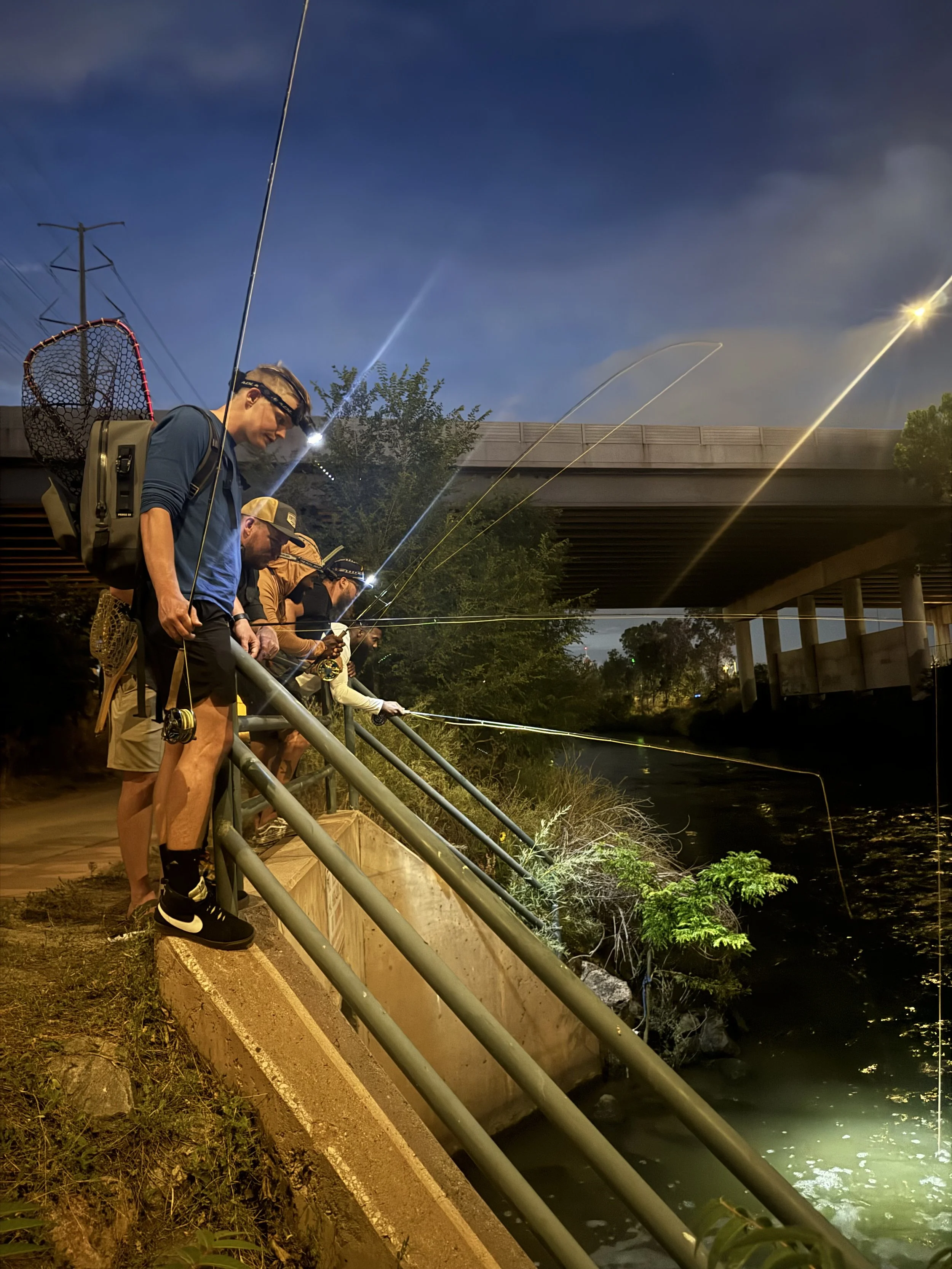No brook trout found in latest round of sampling by state biologists in Snake River
summit daily news
SUMMIT COUNTY — Last summer's spike in zinc and other metals in the Snake River has persisted, spelling more trouble for trout in the polluted stream.
Colorado Division of Wildlife biologists were disappointed by the absence of brook trout when they surveyed a section of the Snake near Keystone last week.
“It’s definitely a step backwards,” said fisheries expert Jon Ewert, who had hoped that the brookies would re-establish themselves after last summer's gully-washing storm that sent a surge of poisonous metals down the drainage.
Since then, concentrations of zinc seeping from the abandoned Pennsylvania Mine high along Peru Creek have remained near double what they were before the storm, at about 1,200 parts per billion, far above levels deemed toxic for trout.
Zinc kills trout even at concentrations that aren't harmful to humans. Levels in the Snake River have long exceeded state and federal limits.
Some scientists studying potential cleanup options for the Snake River believe that the rainstorm last year may have fundamentally changed the drainage from the mine, leading to the chronically higher levels.
Other experts think that the reported increase in zinc concentrations may be related to the way the monitoring data is being analyzed and interpreted by the labs, said Lane Wyatt, a Summit County water-quality expert.
“The zinc levels were a huge surprise,” said Trout Unlimited's Elizabeth Russell, one of the leaders of a task force looking at how to improve water quality in the Snake River. “We didn't think they’d stay that high over the winter.”







